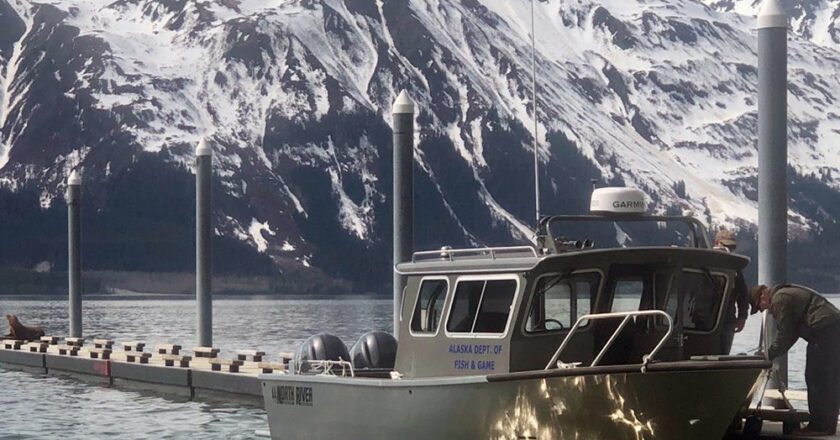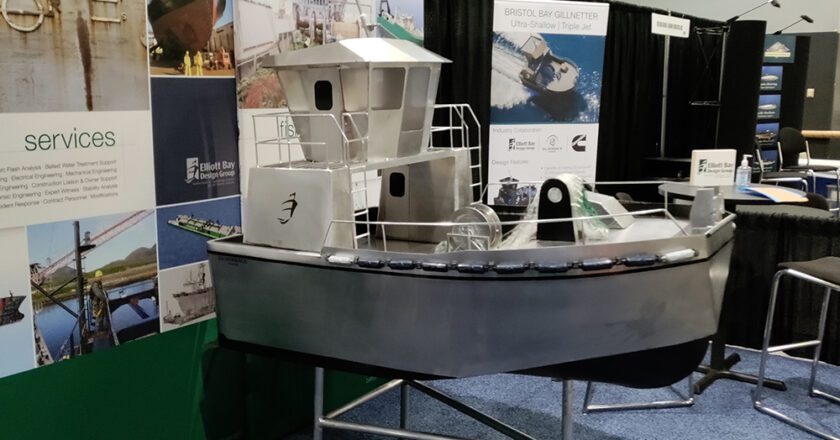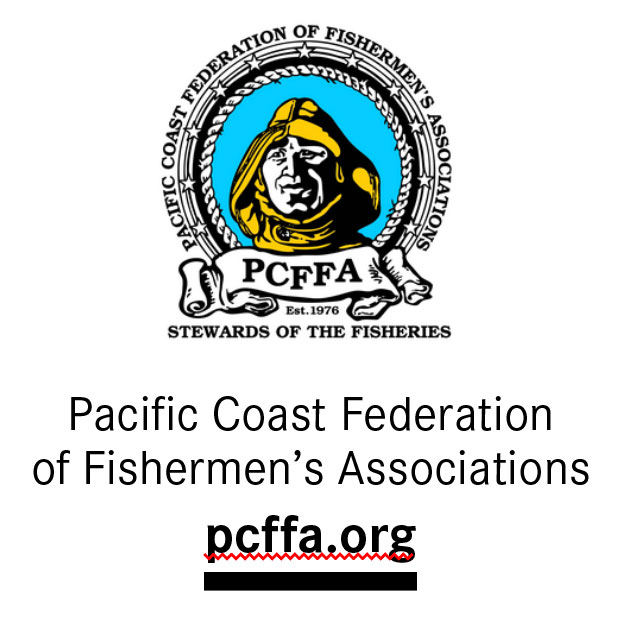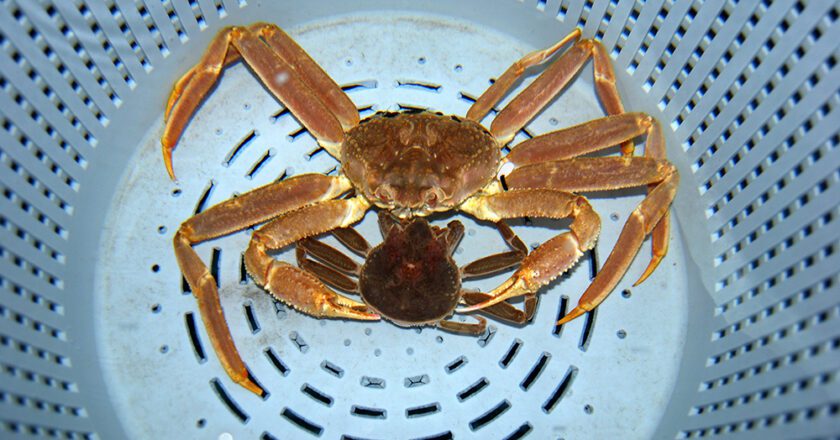Pacific Northwest Fisheries: A Bird’s Eye View
The complex story of Cascadian fisheries defies a simple narrative, but seems mostly positive—minus the El Niño and Oregon quillback mystery.
Commercial fisherfolk don’t need an article to know that Earth in the 2020s is a dynamic—some would say pretty insane—time and place, but the next fishing season is eternal.
From a macro level, how did Pacific Northwest fisheries fare in 2022? How do they look in 2023? What environmental or economic factors should fishermen from the owner-operator to seasonal deckhand keep in mind? Read on for some intel of what’s to come.
El Niño Possibility and Hypoxic Zone Considerations
“I’ve just heard the first predictions of what the ocean is going to look like off our coast, and there is a very early … prediction out of NOAA that this will be a stro...





